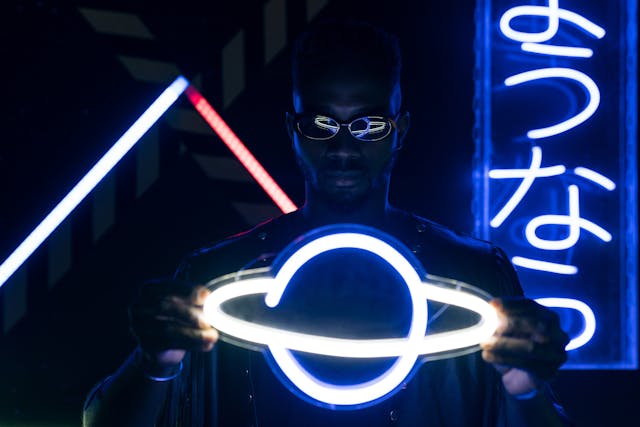Glow sticks have become a symbol of celebration and creativity across various cultures around the world. These small, light-emitting devices have transcended their practical applications to become staples at music festivals, parties, and art installations. This article explores the history, cultural significance, and environmental considerations of glow sticks, shedding light on their ubiquitous presence in modern festivities.
Historical Background
The invention of glow sticks dates back to the 1960s when researchers stumbled upon the chemical reactions that produce light without the need for an external power source. The original intent was to create a source of light that could be used in emergency situations or during military operations. However, it wasn’t long before the commercial potential for entertainment and decorative purposes was recognized.
Cultural Significance
Glow sticks exploded in popularity in the late 20th century, particularly within the rave and dance music scenes. Their ability to provide safe, mesmerizing light in dark environments made them the perfect accessory for night-time events. The phenomenon of glowsticking, where individuals use glow sticks in dance routines and performances, began to emerge, further embedding these items in the cultural fabric of music festivals and dance parties.
For more detailed information about the chemistry and uses of glow sticks, you can explore this comprehensive resource on glowsticks.
Safe and Inclusive Fun
One of the reasons glow sticks have remained popular is their safety. Unlike candles or fireworks, glow sticks are safe to handle and pose no fire hazard, making them suitable for all ages. They are often used as wearable accessories or decorative elements that enhance safety by increasing visibility at night. This aspect has made them especially popular in events that involve children, such as trick-or-treating during Halloween.
Environmental Considerations
Despite their popularity, glow sticks pose environmental challenges. They are single-use items made from plastic and contain chemicals that can be harmful if released into the environment. As awareness of environmental issues grows, there has been a push towards more sustainable practices within the industry, including recycling programs and the development of biodegradable alternatives.
The Artistic Angle
Beyond practical applications and party accessories, glow sticks have found a niche in the art world. Artists and photographers utilize glow sticks to create dynamic and colorful light effects in their works. The temporary nature of their light output adds an element of impermanence that can make such art even more captivating.
Conclusion
Glow sticks have evolved from simple light sources to cultural icons, enhancing our celebrations with their luminescent glow. While they bring joy and safety to many events, it’s important to consider their environmental impact. As technology advances, perhaps we will see a new generation of glow sticks that continue to light up our lives in more sustainable ways. Whether at a concert, in an art installation, or during a community event, glow sticks illuminate our experiences, creating memories that shine brightly in our minds long after their light fades.

